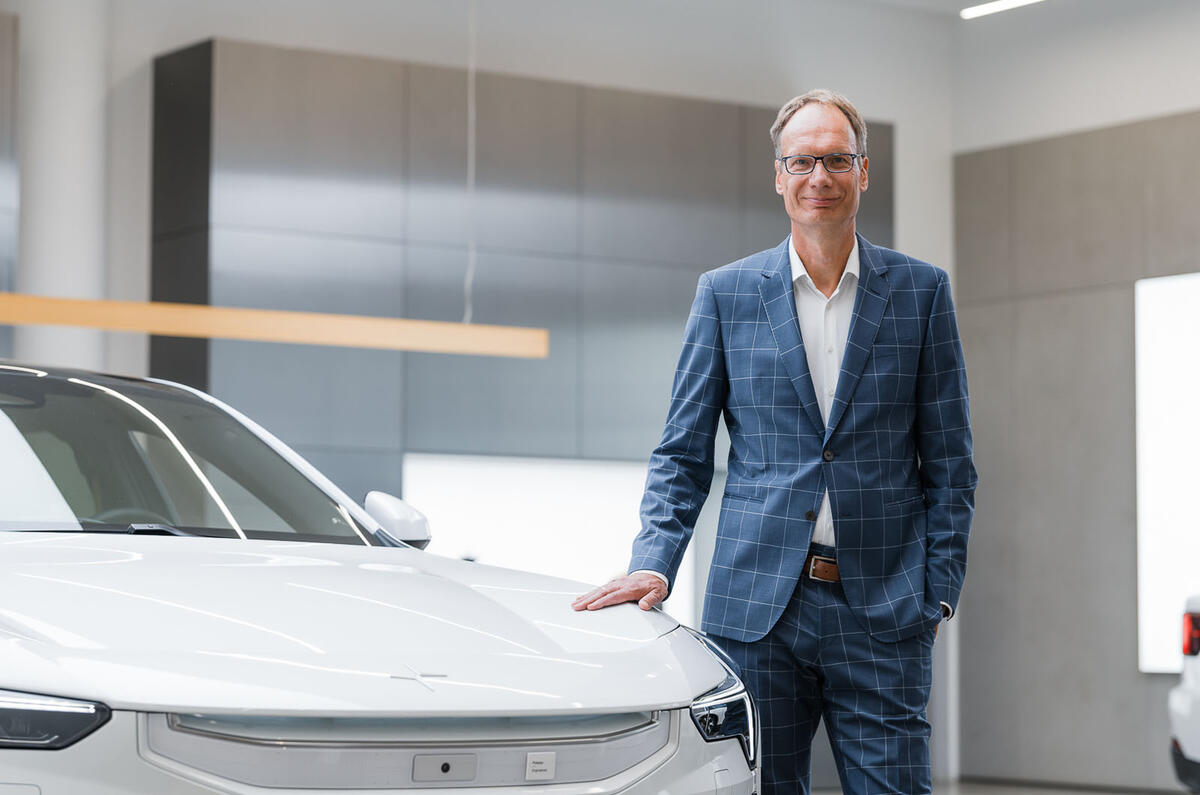Polestar suffered badly financially in 2024, but the brand is starting the year under a new CEO with a plan that involves, among other changes, acknowledging that even EV start-ups need to embrace some of the more time-proven ways of operating.
“A lot of things need to change,” Michael Lohscheller told analysts on a call ostensibly to mark Polestar's delayed third-quarter results but mainly to lay out the parameters of its reboot.




Add your comment